If you are a farmer in India who is interested in growing oil palm, you might want to know about the National Mission on Edible Oils – Oil Palm (NMEO-OP), a new scheme launched by the government to boost the domestic production of edible oils and reduce the import dependency. In this blog post, explain the key aspects covered by the NMEO-OP and the special benefits it offers to the farmers.

Government Subsidy for Oil Palm
Unlocking the Potential: Oil Palm Cultivation in India
Oil palm, known as the “golden palm” for its exceptional yield, is a perennial crop that produces both edible palm oil and palm kernel oil. Its cultivation has expanded across 13 Indian states, covering approximately 315,000 hectares as of 2017-18.
The government has implemented various schemes and missions to promote oil palm cultivation, including the Technology Mission on Oilseeds & Pulses (TMOP) in 1991-92, the Centrally Sponsored Scheme Oil Palm Development Programme (OPDP) during the Eighth & Ninth Plan, the Integrated Scheme of Oilseeds, Pulses, Oil Palm, and Maize, the Special Programme on Oil Palm Area Expansion (OPAE), and the National Mission on Oilseeds and Oil Palm (NMOOP).
The NMOOP’s Mini Mission-II aims to bring an additional 1.05 lakh hectare area under oil palm cultivation by 2019-20, reaching 4.20 lakh hectares. The Oilseeds Division, Department of Agriculture, Cooperation and Farmers Welfare, spearheads the national-level implementation, covering twelve states with funding shared between the Central and State Governments.
In case you missed it: High-Density Date Palm Plantation: Spacing, Plants Per Acre, Techniques, Cost, and Yield
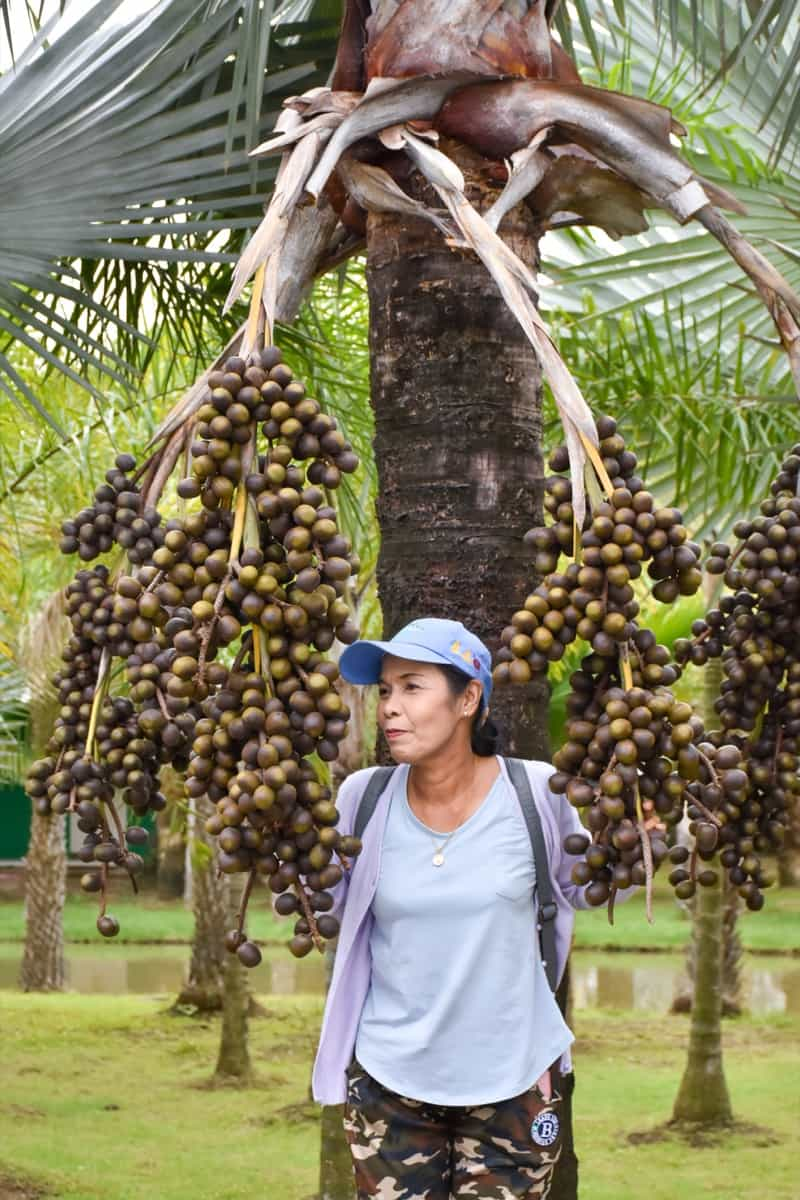
Under MM-II, money is given to help with planting materials, upkeep, intercropping inputs, and building infrastructure. The Indian Institute of Oil Palm Research is very important to the program because it provides planting materials and does research.
Government Subsidy for Oil Palm Crops in India: State-wise Cultivation
The National Mission on Edible Oils: Oil Palm is a government subsidy launched in India to promote oil palm cultivation and reduce import dependency on edible oils. The scheme aims to increase the area under oil palm from 3.5 lakh hectares to 10 lakh hectares and crude palm oil production from 0.27 lakh tonnes to 11.20 lakh tonnes by 2025-26.
The NMEO-OP will provide financial assistance to farmers for various components, such as planting material, maintenance cost, intercropping, drip irrigation, borewell, diesel pump set, vermicompost unit, seed garden, processing unit, training, demonstration, research and development, etc. The funding pattern is 60:40 between the Centre and the States for general States and 90:10 for Northeastern and hilly States. The NMEO-OP covers 28 States and Union Territories of India, with different targets for area expansion and production enhancement.
The NMEO-OP is expected to boost the domestic production of edible oils and reduce the import burden on the country. It will also benefit farmers by providing remunerative prices and assured market linkages. The NMEO-OP will promote modern technologies and best practices for oil palm cultivation and processing. The NMEO-OP is a major initiative by the Government of India to make the country self-reliant in edible oils and improve the livelihoods of millions of farmers.
National Mission on Edible Oils-Oil Palm (NMEO-OP) Objectives
- To increase the area under oil palm from the present 3.5 lakh hectares to 10 lakh hectares by 2025-26.
- To increase crude palm oil production from the present 2.8 lakh tonnes to 11.20 lakh tonnes by 2025-26.
- To increase oil palm productivity from the present 8 tonnes per hectare to 15 tonnes per hectare by 2025-26.
- To enhance the income of oil palm farmers and make them self-reliant.
- To reduce the importation of edible oils and save foreign exchange.
Special Benefits of NMEO-OP Offers To The Farmers
A price assurance to the farmers for five years from planting at Rs. 10,000 per tonne of fresh fruit bunches (FFBs) or at a rate decided by a Price Fixation Committee constituted by the Ministry of Agriculture and Farmers Welfare, whichever is higher.
A viability gap funding (VGF) to bridge the gap between the cost of production and the assured price. The VGF will be paid annually to the farmers based on their actual production and sale of FFBs.
A provision for intercropping during the gestation period of oil palm with suitable crops such as pulses, oilseeds, spices, vegetables, and fruits. The government will assist with intercropping at Rs. 12,500 per hectare per year for two years.
In case you missed it: Top 16 Steps to Boost Oil Palm Yield: How to Increase Production, Size, And Quality
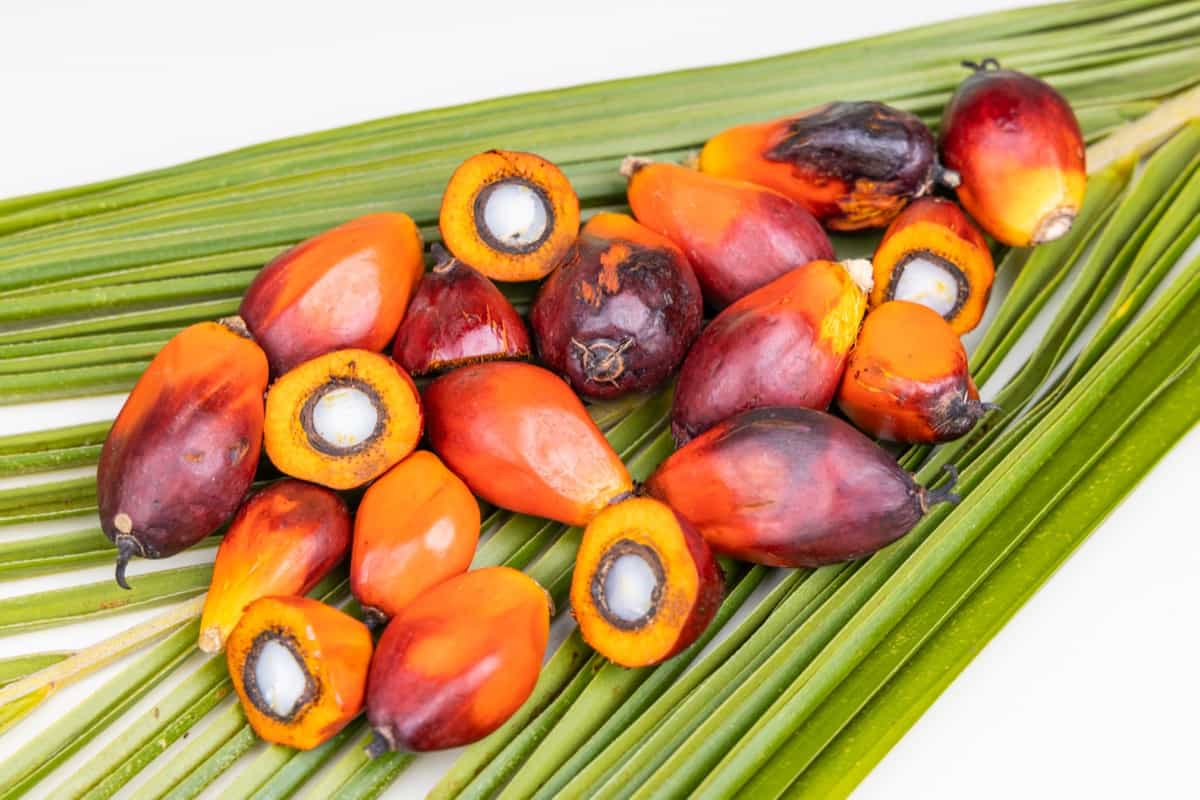
A provision for micro irrigation facilities such as drip and sprinkler systems for oil palm plantations. The government will assist with micro irrigation at Rs. 1 lakh per hectare for general states and Rs. 1.3 lakh per hectare for northeastern and Himalayan states.
A provision for mechanization of oil palm cultivation and harvesting operations such as digging pits, planting seedlings, pruning fronds, applying fertilizers and pesticides, harvesting FFBs, and transporting them to mills. The government will assist in mechanization at Rs. 25,000 per hectare for general states and Rs. 32,500 per hectare for northeastern and Himalayan states.
A provision for setting up new oil palm processing units or modernizing existing ones with a capacity of at least one tonne per hour. The government will assist processing units at Rs. 25 lakh per unit for general states and Rs. 32.5 lakh per unit for northeastern and Himalayan states.
Government Support in Oil Palm Subsidies in India
Planting Material Assistance: Under the National Mission on Oilseeds and Oil Palm (NMOOP), financial aid for planting material is provided at rates of 60:40 for major general states and 90:10 for the Northeastern states. Farmers receive an 85% subsidy, capped at Rs. 12,000 per hectare.
Maintenance Cost Support: To ensure the sustained growth of oil palm during the initial four years, the government extends assistance at 60:40 for general states and 90:10 for the Northeast. Farmers are supported with 50% of the cost, up to Rs. 20,000 per hectare, covering maintenance expenses.
Drip Irrigation Boost: Aligned with the National Mission on Sustainable Agriculture (NMSA) guidelines, drip irrigation enjoys support under the “Per Drop More Crop” sub-scheme. General states receive Rs. 27,000 per hectare, while Northeastern states get Rs. 30,000 per hectare.
Pump Sets Distribution: Farmers benefit from a 60:40 funding pattern for general states and 90:10 for the Northeast, with support covering 50% of the cost for diesel/petrol/electric pump sets, limited to Rs. 15,000 per unit.
Bore Well Assistance: Assistance for bore wells follows the same funding ratios, providing 50% support up to Rs. 50,000 per unit, with a condition against installation in critical groundwater zones.
Seed Gardens Establishment: Support for setting up seed gardens is extended at 60:40 and 90:10 for general and Northeastern states, respectively. The subsidy is a one-time assistance of Rs. 10.00 lakhs, with additional support over six years.
Inputs for Intercropping: Farmers receive a 50% subsidy on inter-cropping inputs during the four-year gestation period, capped at Rs. 20,000 per hectare.
Vermi-Compost Units Construction: Funding at 60:40 and 90:10 ratios for general and Northeastern states aids in constructing vermicompost units, covering 50% of the cost limited to Rs. 15,000 per unit.
Machinery & Tools Support: Assistance of up to 50% of the cost is provided for machinery and tools used in oil palm cultivation.
Special Component for Northeast/Hilly Regions: Infrastructure development for oil palm processing units enjoys support with a funding pattern 60:40 for general states and 90:10 for the Northeast.
In case you missed it: Top 17 Steps to Boost Date Palm Yield: How to Increase Production, Quality, and Size
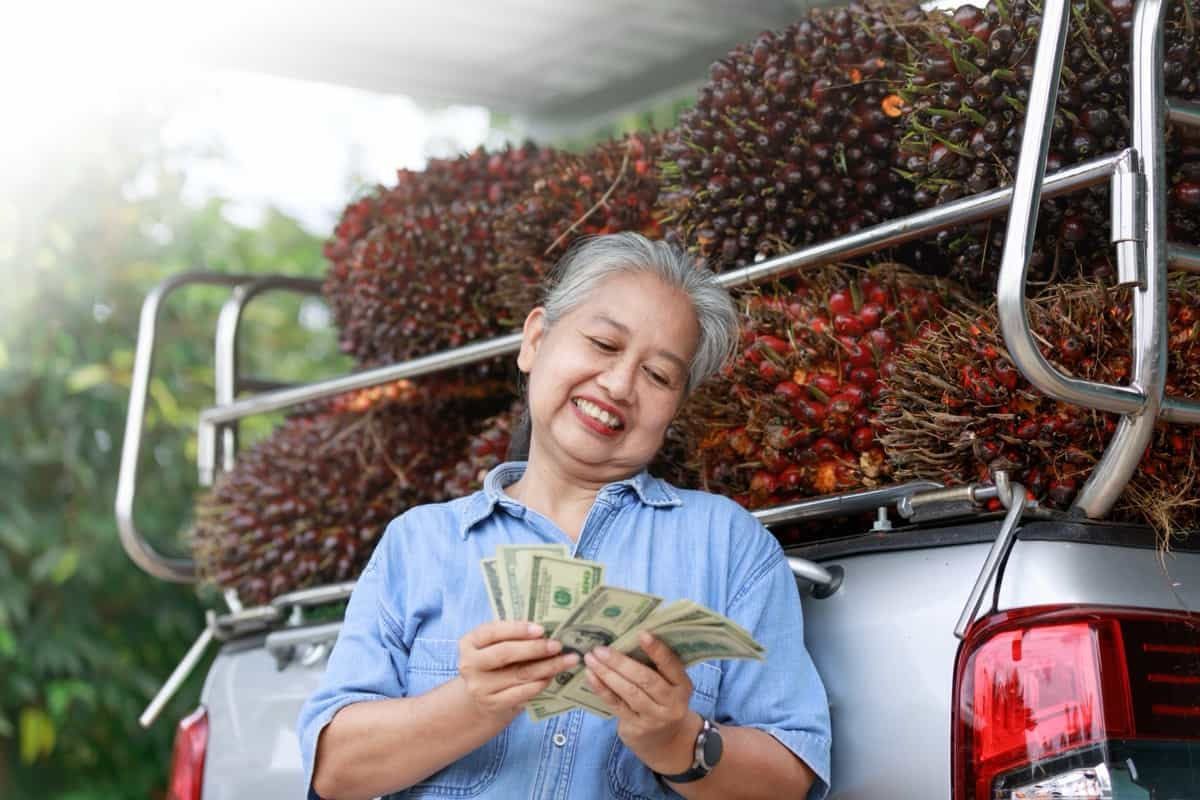
Training, Demonstrations, R&D, and Infrastructure Support: Various components, including farmer training, extension workers’ training, demonstrations, research and development, and training infrastructure support, receive specific funding patterns, contributing to the holistic development of the oil palm sector.
Local Initiatives and Operational Costs: States can utilize 1.0% of the total allocation under MM-II for local initiatives, contingency, monitoring and evaluation, and operational costs.
Government Initiatives: Unpacking Subsidies for Oil Palm Crops Across Indian States
- Oil palm is among the highest oil (palm oil) yielding crops among all perennial crops. This oil palm is considered a golden palm due to its high-yielding capacity.
- In India, oil palm is cultivated in 13 states co, covering about 3,15,000 hectares by 2017-18 under irrigated conditions. Potential states are Andhra Pradesh, Gujarat, Karnataka, Tamil Nadu and Bihar.
- The 12th Five Year Plan introduced a new National Mission on Oilseeds and Oil Palm, Mini Mission – II, focusing on oil palm area expansion and productivity enhancement.
- MM – II of NMOOP was implemented in 12 different States viz; Andhra Pradesh, Tamil Nadu, Kerala, Gujarat, Karnataka, Telangana, Chhattisgarh, Odisha, Mizoram, Assam, Nagaland and Arunachal Pradesh w.e.f. 01.04.2014.
- Objectives: – Bring an additional 1.05 lakh hectare area under oil palm cultivation through an area expansion approach in the country during the next two years. 2017-18 and 2019-20.
- The total area in the country will be 4.20 lakh ha by the end of March 2020.
- Implementing agency: Oilseeds Division, Department of Agriculture, Cooperation and Farmers Welfare will implement the scheme nationally.
- The Joint Secretary (Oilseeds) will act as Mission Director of NMOOP. The respective state’s Principal Secretary (Agriculture/Horticulture) will be in charge of the scheme at the state level.
- Area of operation and funding pattern: Twelve states of Andhra Pradesh, Telangana, Karnataka, Assam, Kerala, Gujarat, Tamil Nadu, Chhattisgarh, Odisha, Mizoram, Nagaland and Arunachal Pradesh will be covered under this scheme.
Financial Support Mechanisms: Understanding the Economics of Oil Palm Cultivation
The National Mission on Oilseeds and Oil Palm provides financial assistance to farmers in various regions, including general states, Northeast states, and Union Territories. The funding is distributed in varying patterns, ranging from 60:40 to 100:0, to support farmers purchasing planting material, intercropping, and maintenance costs during the four-year gestation period. The funding patterns mirror those of planting material assistance, providing farmers with 50% of the cost during the four-year gestation period.
The NMOOP supports seed garden development with a 100% funding model, providing one-time subsidies for necessary infrastructure, nursery development, and overall seed garden setup. Drip irrigation is supported with funding ratios of 60:40, 90:10, and 100:0, ensuring efficient water management in oil palm cultivation. Financial support is also provided for bore wells, pump sets, water harvesting structures, and solar pumps aligned with PM-KUSUM norms. Financial support is also extended for harvesting tools and custom hiring centers, fostering collaboration among processors, states, and farmer groups.
The funding model encourages the establishment of oil palm processing mills, focusing on the unique needs of Northeast states and Andaman & Nicobar Islands. Farmers and officers receive training, replanting, R&D, flex funds, and program management expenses. The Viability Price (VP) is declared annually, ensuring farmers of FFB prices. At the same time, the Viability Gap Payment (VGP) mechanism provides further support by calculating the difference between VP and actual FFB prices.
Impact Assessment: How Government Subsidies Shape the Oil Palm Industry in India
The oil palm industry in India is a key sector for achieving self-reliance in edible oil production and reducing import dependence. The government has launched the National Mission on Edible Oils – Oil Palm (NMEO-OP) with a budget of ₹ 11,040 crore to expand the area and productivity of oil palm cultivation across 17 states, especially in the North-East region and the Andaman and Nicobar Islands. Oil palm is a high-yielding crop that can produce 10 to 46 times more oil per hectare than other oilseeds.
In case you missed it: Earning 7 Lakh Per Year from Date Palms: A Date Palm Farmer Success Story
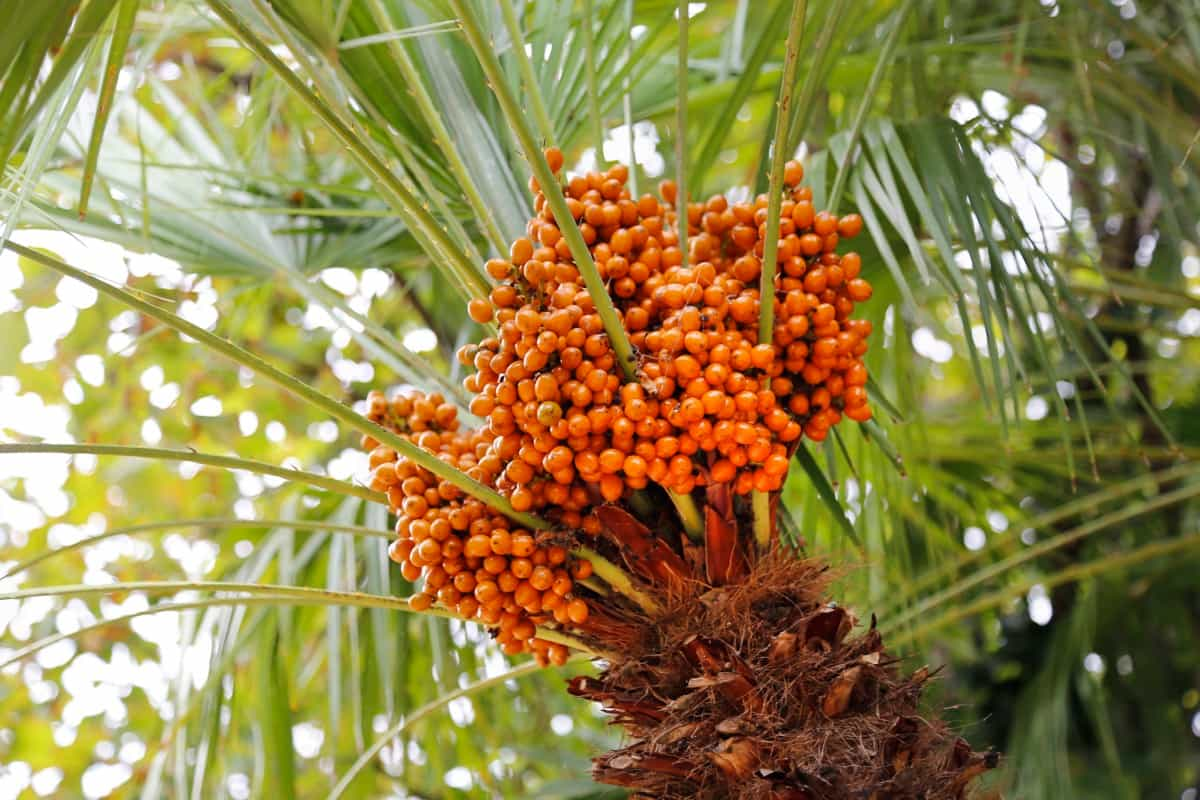
However, only 3.7 lakh hectares are under oil palm cultivation in India out of the potential 28 lakh hectares. The NMEO-OP aims to cover an additional 6.5 lakh hectares by 2025-26 and increase the domestic production of crude palm oil (CPO) from 3% to 15% of the demand. The scheme also provides price assurance to oil palm farmers for fresh fruit bunches and supports the establishment of seed gardens, nurseries, processing units, and market linkages.
Challenges and Opportunities: Examining the Role of Subsidies in Sustainable Oil Palm Farming
Oil palm farming, a significant source of income and employment for rural communities in tropical regions, faces environmental and social challenges like deforestation, biodiversity loss, land conflicts, and human rights violations. Subsidies used by governments and other actors to promote oil palm expansion need better understanding.
State-specific Analysis: Navigating the Varied Subsidy Structures in Oil Palm Agriculture
| State | Scheme Provided | Percentage of Subsidy | Special Assistance |
| Andhra Pradesh | OPDP | 60% | Planting material assistance: Rs. 20,000/ha (1st year) |
| Telangana | ISOPOM | 60% | Drip irrigation: As per PMKSY norms |
| Karnataka | NMOOP/MM-II | 60% | Establishment of Seed Gardens: One-time subsidy of Rs. 40 lakhs |
| Assam | NMOOP/MM-II | 90% | Bore well assistance: 50% limited to Rs. 50,000 per unit |
| Kerala | NMOOP/MM-II | 60% | Vermi-compost units: 50% limited to Rs. 15,000 per unit |
| Gujarat | ISOPOM | 60% | Inputs for intercropping: 50% of cost up to Rs. 20,000 per ha |
| Tamil Nadu | NMOOP/MM-II | 60% | Machinery & Tools: Up to 50% of the cost |
| Chhattisgarh | NMOOP/MM-II | 60% | Special Component: Assistance for oil palm processing units |
| Odisha | NMOOP/MM-II | 60% | Farmers Training: Rs. 30,000 per training batch of 30 farmers |
| Mizoram | NMOOP/MM-II | 90% | Viability Price: Annual average price of CPO adjusted with WPI |
| Nagaland | NMOOP/MM-II | 90% | Flexi Fund: 10% to meet local needs within the oil palm objective |
| Arunachal Pradesh | NMOOP/MM-II | 90% | Custom hiring centres: One-time grant of Rs. 25.00 lakh per unit |
In case you missed it: Best Fertilizer for Date Palms: Organic, Compost, NPK, When and How to Apply
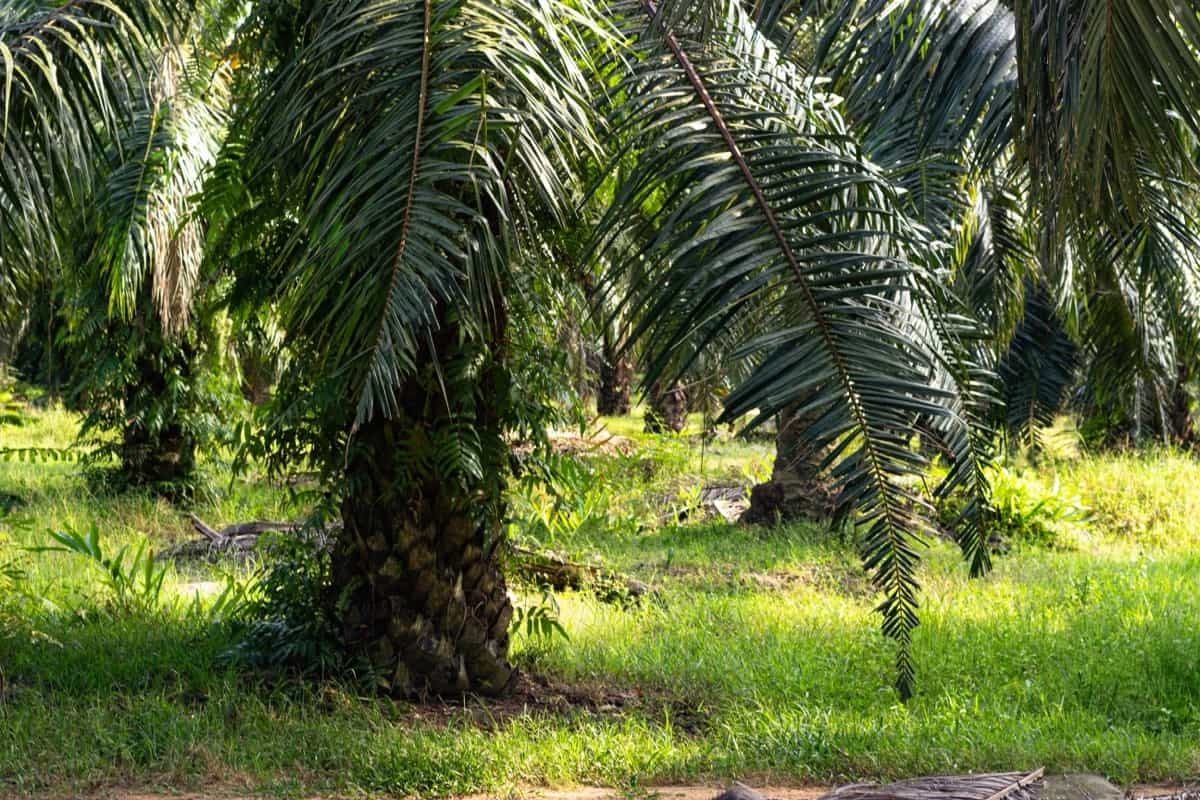
Conclusion
The government Subsidy for Oil Palm Crops in India is a multifaceted initiative, fostering state-wise cultivation through diverse schemes. Varied subsidies, from planting material aid to special components, showcase a strategic approach to elevate the oil palm sector, ensuring sustainable growth and economic viability across the nation.
- Types of Pesticides Used in Agriculture: A Beginner’s Guide
- Economical Aquaculture: A Guide to Low-Budget Fish Farming
- 15 Common Planting Errors That Can Doom Your Fruit Trees
- How to Make Houseplants Bushy: Effective Tips and Ideas
- Innovative Strategies for Boosting Coconut Pollination and Yield
- Pollination Strategies for Maximum Pumpkin Yield
- The Complete Guide to Chicken Fattening: Strategies for Maximum Growth
- Natural Solutions for Tulip Problems: 100% Effective Remedies for Leaf and Bulb-Related Issues
- Revolutionizing Citrus Preservation: Towards a Healthier, Greener Future
- Natural Solutions for Peony Leaf and Flower Problems: 100% Effective Remedies
- Maximizing Profits with Avocado Contract Farming in India: A Comprehensive Guide
- Natural Solutions for Hydrangea Problems: 100% Effective Remedies for Leaf and Flowers
- The Ultimate Guide to Choosing the Perfect Foliage Friend: Bringing Life Indoors
- From Sunlight to Sustainability: 15 Ways to Use Solar Technology in Agriculture
- The Ultimate Guide to Dong Tao Chicken: Exploring from History to Raising
- The Eco-Friendly Makeover: How to Convert Your Unused Swimming Pool into a Fish Pond
- Mastering the Art of Delaware Chicken Farming: Essentials for Healthy Backyard Flocks
- 20 Best Homemade Fertilizers for Money Plant: DIY Recipes and Application Methods
- How to Craft a Comprehensive Free-Range Chicken Farming Business Plan
- Brighten Your Flock: Raising Easter Egger Chickens for Beauty and Bounty
- How to Optimize Your Poultry Egg Farm Business Plan with These Strategies
- Subsidy for Spirulina Cultivation: How Indian Government Schemes Encouraging Spirulina Farmers
- Ultimate Guide to Raising Dominique Chickens: Breeding, Feeding, Egg-Production, and Care
- Mastering the Art of Raising Jersey Giant Chickens: Care, Feeding, and More
- Ultimate Guide to Raising Legbar Chickens: Breeding, Farming Practices, Diet, Egg-Production
- How to Raise Welsummer Chickens: A Comprehensive Guide for Beginners
- How to Protect Indoor Plants in Winter: A Comprehensive Guide
- Ultimate Guide to Grow Bag Gardening: Tips, Tricks, and Planting Ideas for Urban Gardeners
- Guide to Lotus Cultivation: How to Propagate, Plant, Grow, Care, Cost, and Profit
- Agriculture Drone Subsidy Scheme: Government Kisan Subsidy, License, and How to Apply Online
- Ultimate Guide to Raising Araucana Chickens: Breed Profile, Farming Economics, Diet, and Care
- Bringing Hydroponics to Classroom: Importance, Benefits of Learning for School Students
- Ultimate Guide to Raising Polish Chickens: Breed Profile, Farming Economics, Diet, and Care
- Ultimate Guide to Raising Australorp Chickens: Profile, Farming Economics, Egg Production, Diet, and Care
- Silkie Chicken Farming: Raising Practices, Varieties, Egg Production, Diet, and Care
- Sussex Chicken Farming: Raising Practices, Varieties, Egg Production, Diet and Care